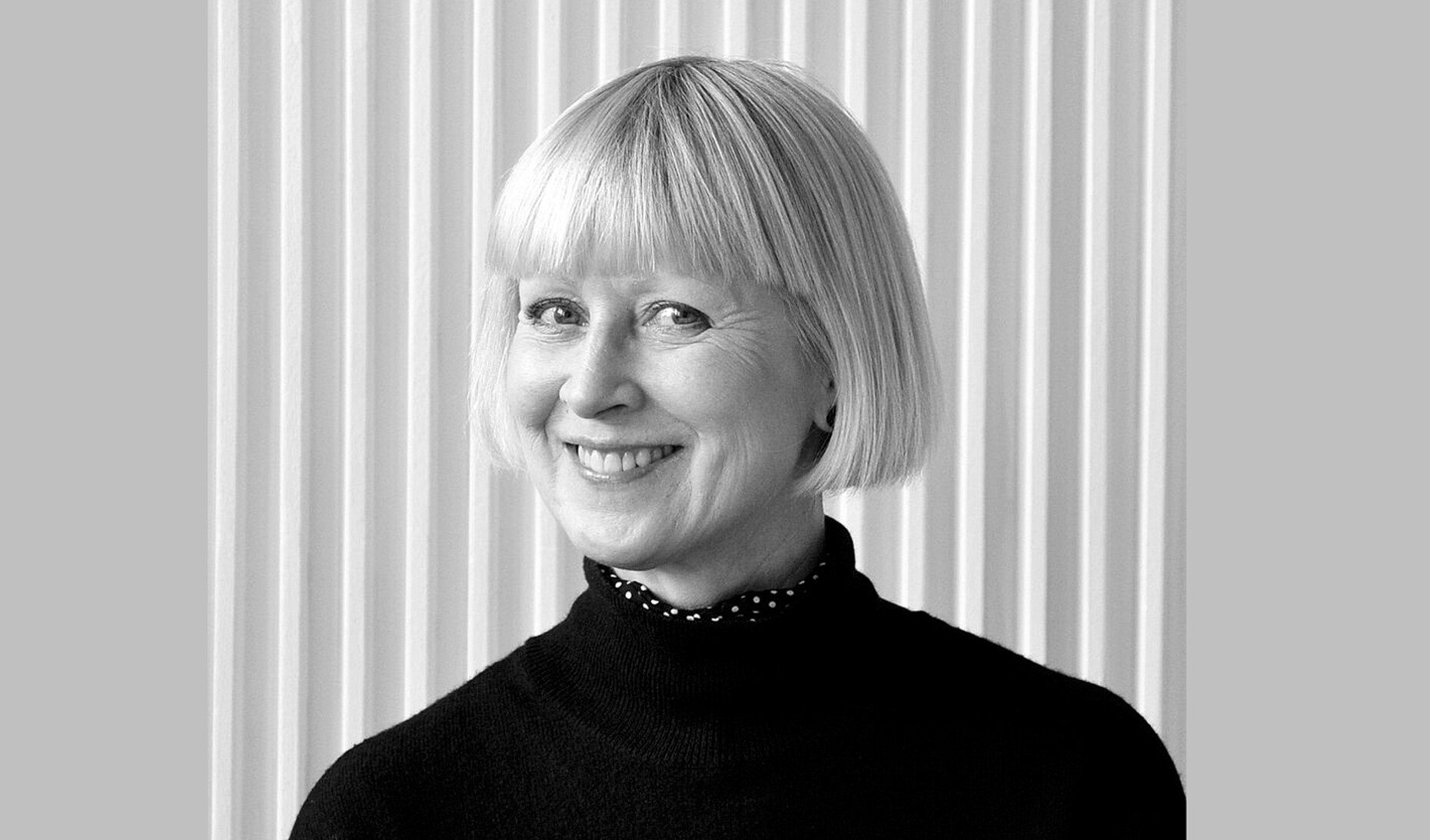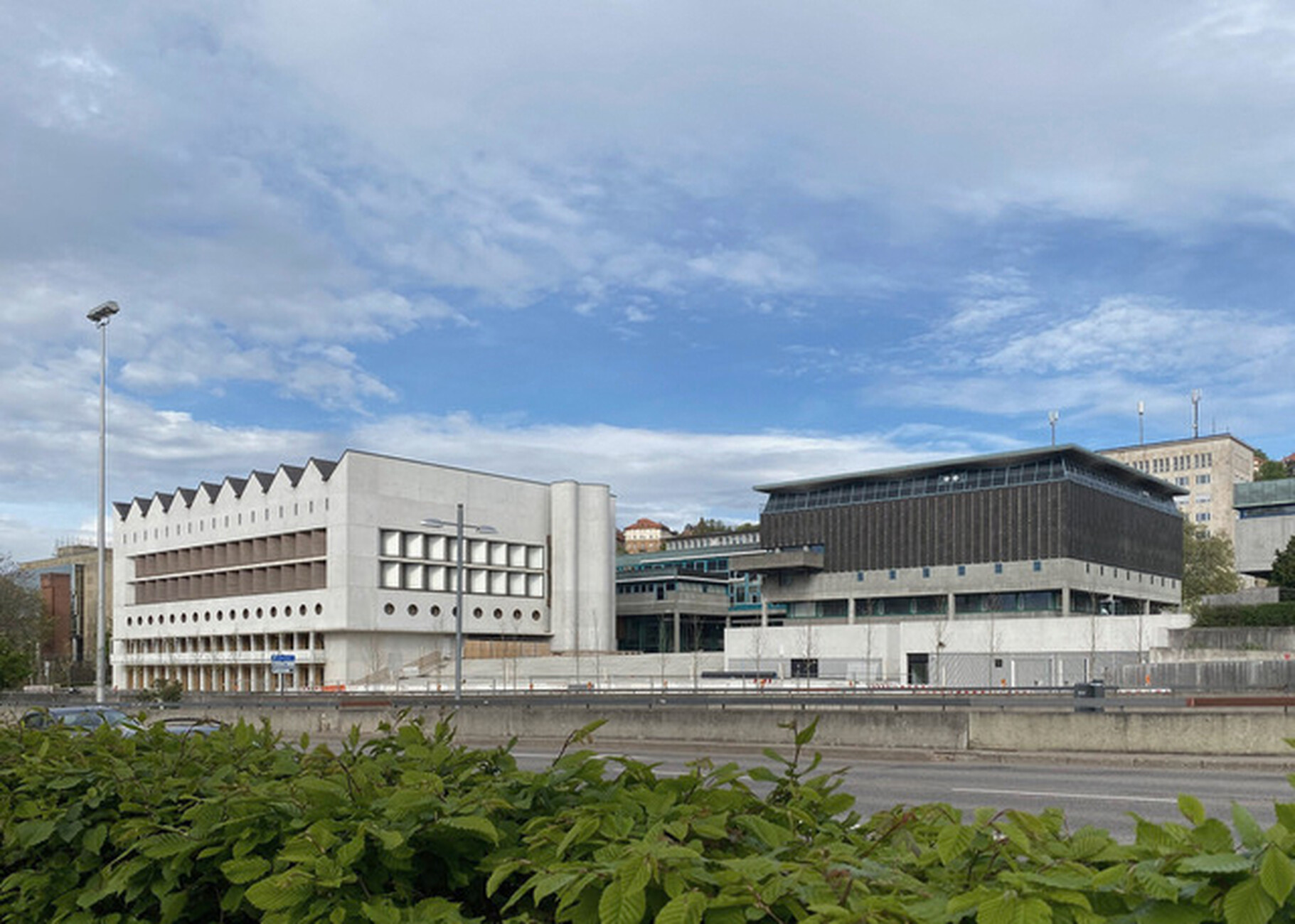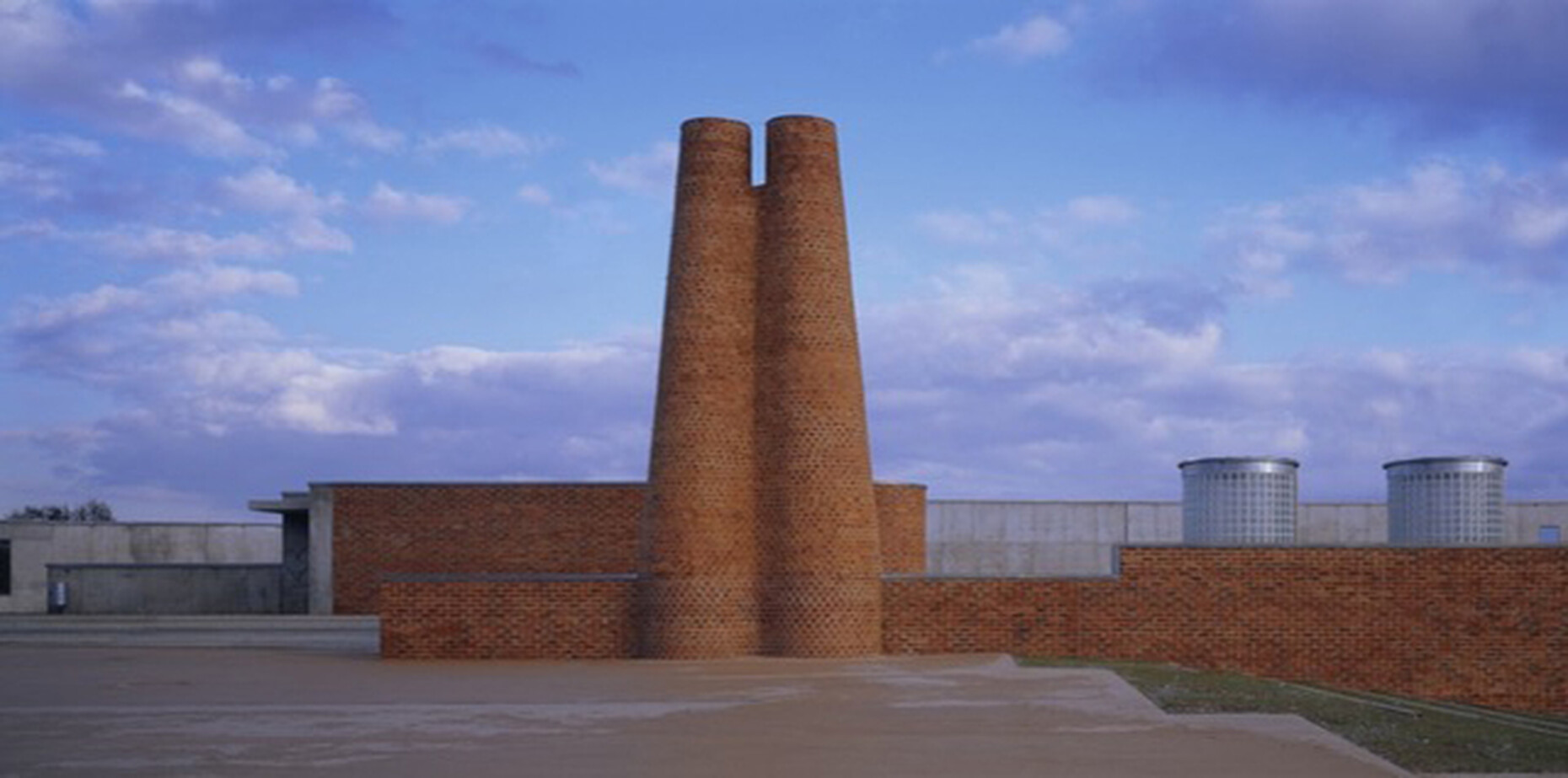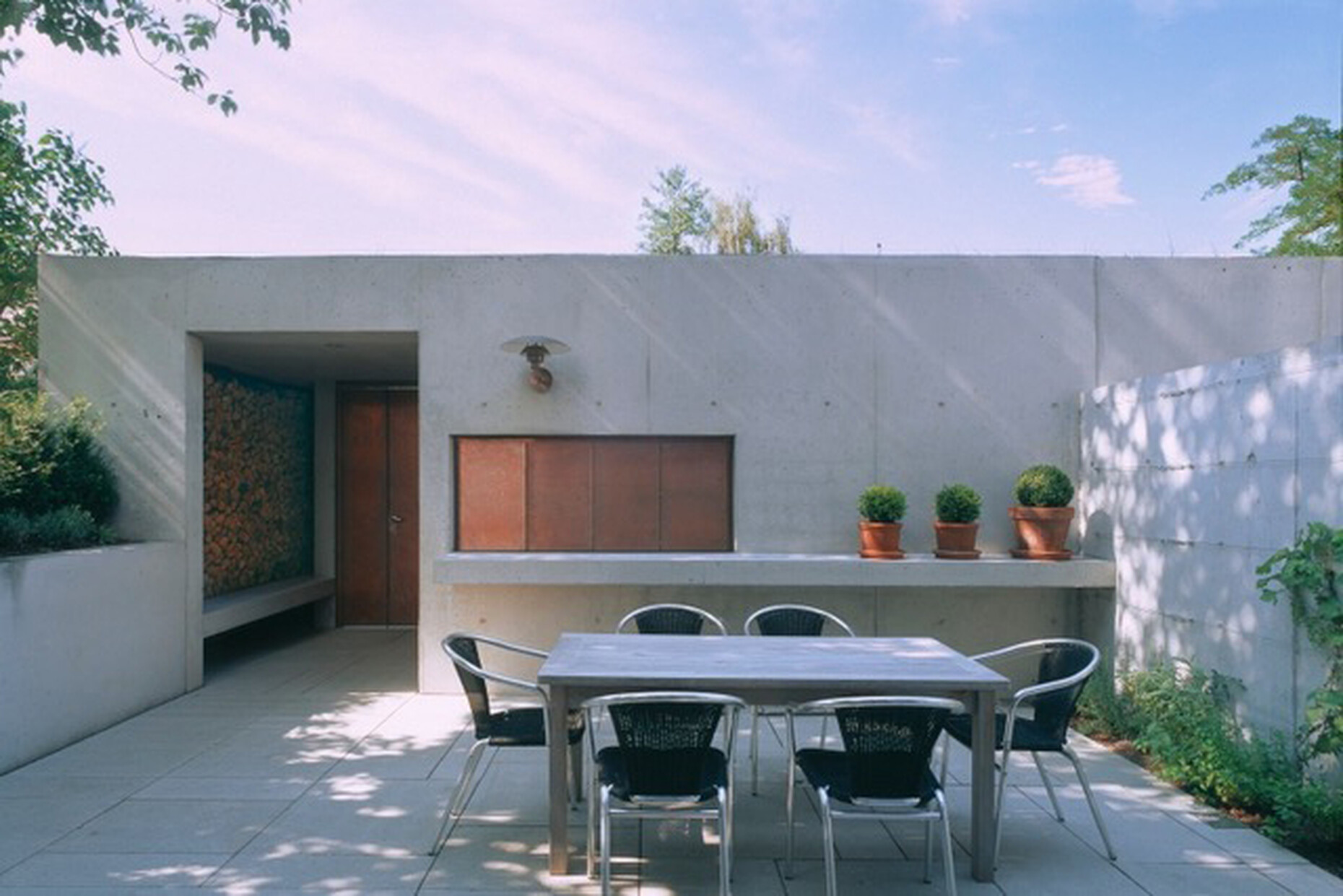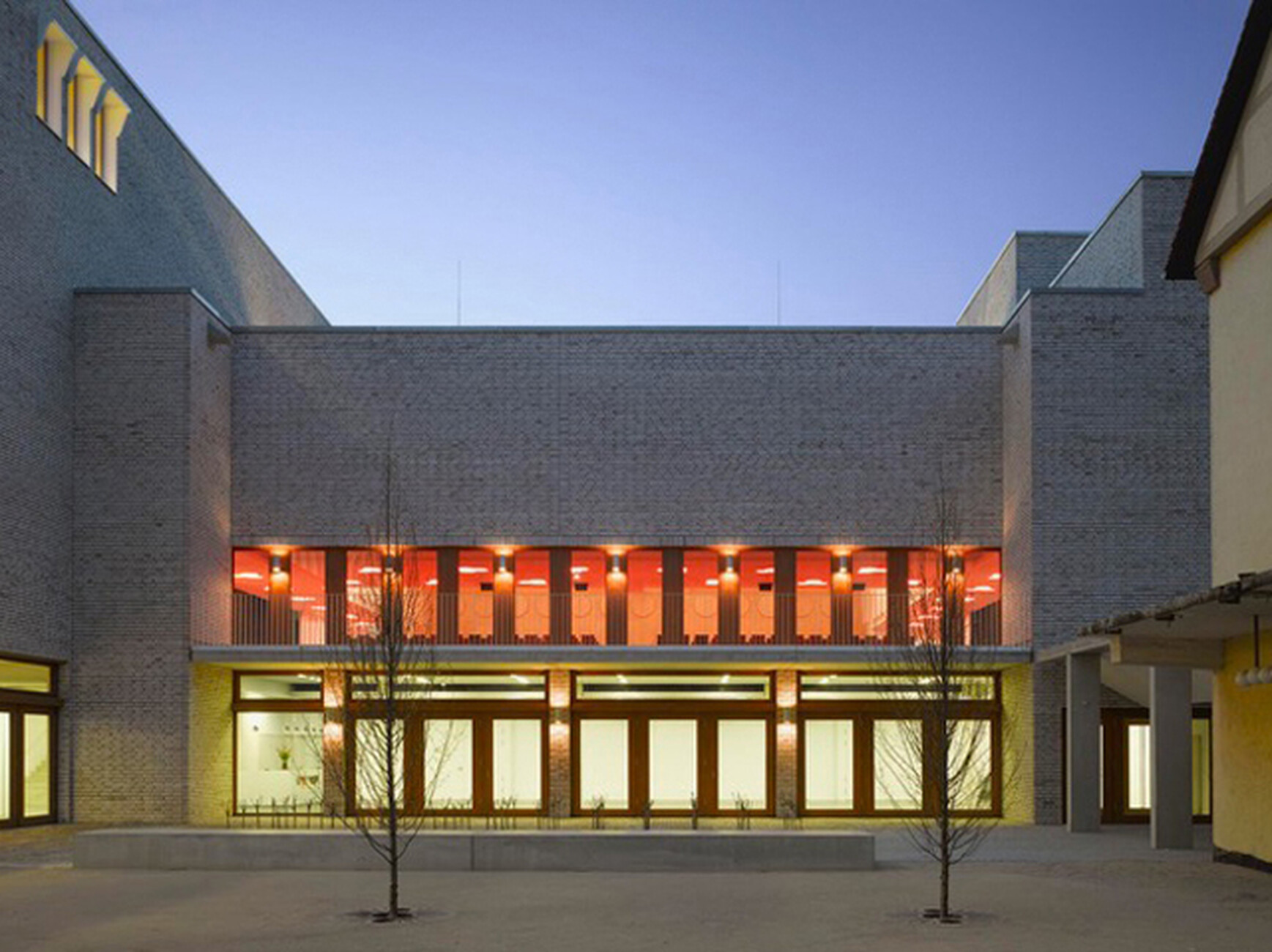Spotlight on Women Architects – Jórunn Ragnarsdóttir
How did Jórunn Ragnarsdóttir, who was born in Akureyri, Iceland in 1957, get into architecture? Even as a child, she not only sewed clothes for her dolls, but also built and furnished homes. When she was eleven, her parents built a house and she was allowed to have a say and make decisions. She enjoyed her time at the Odenwald School, which she attended at the time, and was interested in studying architecture in Germany, as she found Iceland too isolated and Scandinavia too close.
For a long time, her name was associated with the Stuttgart architect Arno Lederer. After meeting him in a pub towards the end of her studies at the University of Stuttgart, she worked in his firm straight after graduating. The collaboration proved its worth not only in terms of technical content and led to a life partnership in 1983 and an office partnership in 1985. In 1992, Marc Oei joined the office as the third partner, which from then on operated under the name Lederer Ragnarsdóttir Oei. Officially, the partners acted jointly and Lederer Ragnarsdóttir Oei were regarded as the joint authors of all projects. Internally, certain focal points emerged. Marc Oei mainly contributed technical and administrative expertise, designed some projects, but hardly appeared externally. Jórunn Ragnarsdóttir or Ragnarstochter, as she sometimes called herself in Germany, took care of the office and personnel management, designed projects - and raised four children at the same time.
Arno Lederer (1947-2023) represented the office to the outside world. He was a charismatic man-catcher, grandiose keynote speaker, essayist and thought leader on the architectural scene as well as a teacher at three universities. His dominant presence in the public eye meant that the authorship of the buildings was immediately attributed to him. Yet a large number of the designs, and not the least important ones, such as the Historical Museum Frankfurt am Römer, the Hospitalhof in Stuttgart, the extension to the State Library in Stuttgart, the school in Ostfildern and the school in Aschersleben, were by his hand.
Arno Lederer's first major project was in Fellbach in 1987, the ‘Sanierung Stadtmitte Fellbach’, an impressive building programme with a bank, commercial and residential building and a library. While at that time he felt more committed to white modernism - including the obligatory white villas - he later touched a little on postmodernism and Memphis - here and there a red column or a blue striped wall appeared. Later, in their work together, the two were travelling on more solid terrain. The buildings stand rock solid on the ground, and appear to draw their strength from it. A power that modernity has long since lost.
The houses by Lederer Ragnarsdóttir Oei could not be more modern in terms of their floor plans; they are meticulously worked out, perfectly tidy, they function. But where others are responsible for the ‘icing of architecture’, because at best they turn these floor plans into ethereal artefacts, but mostly just abstract, dead boxes without charm or inspiration, the building artists Lederer Ragnarsdóttir Oei serve people's basic needs for spatial experience, orientation, experience with all the senses, security and home. This goes hand in hand with a preference for powerful forms and natural materials with haptic qualities, such as façades made of bricks rather than external thermal insulation composite systems, and interior fittings in wood and leather rather than plastic.
However, it is also the creative power of architecture with which Lederer Ragnarsdóttir Oei lustily filled the ‘sufficient scope for aesthetics’ that they claimed. Jórunn Ragnarsdóttir is convinced that in order to build beautiful houses, you should surround yourself with beautiful things that mean something to you, beautiful working materials, paper, coloured pencils, beautiful sketches. She writes with a fountain pen. Beautiful work processes lead to beautiful spaces (not design!). Fine things also include engaging with classical music, the visual arts and nature. Nature is beauty in itself, it needs no correction. Unlike Arno Lederer, who was sad to have only learnt how to discuss and analyse for his intermediate diploma, Arno Lederer and Jórunn Ragnarsdóttir's students also learnt how to design elegant houses and, above all, how to build a house in such a way that it retains its quality in the long term and enriches its surroundings. And this was not only meant in terms of structural design, but also included what we now call ‘aesthetic sustainability’. After all, what use is a long-lasting house that goes out of fashion within a short space of time?
As a result, buildings from the architectural office of Lederer Ragnarsdóttir Oei appear both coolly calculated and designed from the gut, inspiring professionals and being equally appreciated by laypeople. Whose architecture can that be said of today? This creative power also repeatedly leads to designs that both fit in and assert themselves in their historical surroundings. The extension to the Hegne Marianum monastery in Allensbach (2009), designed by Jórunn Ragnarsdóttir, is a prime example of an equally sensitive and self-confident appearance. The way in which the existing building is mirrored and doubled, the way in which the connecting buildings, open-air area, communication meeting point and traffic area at the same time, greet visitors as attractive arcatures over Lake Constance, makes the complex an unforgettable eye-catcher.
Likewise, her Hospitalhof in Stuttgart's city centre (2014), another project that represents monument preservation, further construction, urban repair and design in equal measure, has received numerous architectural awards. Similarly, her Historical Museum in the centre of Frankfurt's old town (2017), which also succeeded in reconciling all the heterogeneous relics from different centuries around the Römer, better than the previous buildings from the reconstruction period. However, the project is also evidence of Jórunn Ragnarsdóttir's desire to create public spaces, to give people back something that was occupied by the construction project, designed, usable, shared space that is so neglected or completely forgotten in current urban development.
Alongside the presence of her husband, Jórunn Ragnarsdóttir has gradually emancipated herself and made a name for herself, despite her Icelandic name, which may not roll off the tongue so easily in this country. She has taught at the University of Stuttgart and the Düsseldorf Art Academy. And she is a popular judge in architectural competitions. Initially, she was one of the few renowned female architects in Germany to benefit from the quota, but now the juries often have equal representation. Now she is often ‘set’ as jury chairperson. She is regarded as an accomplished and confident leader in the work of the commission, which is why she is offered numerous committee seats. For eight years, she sat on the Berlin State Monument Council, later on the Baukollegium Berlin and repeatedly on design advisory boards in cities such as Zurich, Lübeck, Munich, Freiburg im Breisgau, Regensburg and Salzburg, among others, and currently in Leipzig and Dresden. He also sits on university committees in Stuttgart, Burg Giebichenstein and Bauhaus-Universität Weimar as well as on the supervisory board of Tempelhof Projekt GmbH.
In addition to her work as an architect, Jórunn Ragnarsdóttir has designed several sets and costumes at the National Theatre and Reykjavík City Theatre. There she was able to develop and combine her creative power and love for the performing arts and the spoken word. She curated her own project for the Remstal Garden Show 2019. Together with 16 architecture firms, she succeeded in realising a manifesto for the different localities in a sustainable way.
In 2022, after leaving the Lederer Ragnarsdóttir Oei office (the abbreviation LRO was given to the office by journalists and only became official afterwards), Jórunn Ragnarsdóttir and Arno Lederer founded an office in Berlin with their son Sölvi Lederer. Since Arno Lederer's death the following year, it has been run by mother and son. ‘In the beginning I made the decisions, now I just ask questions or Sölvi turns to me,’ she says, describing the close collaboration. Jórunn Ragnarsdóttir is still very much involved in the committees, advisory boards and juries in an advisory capacity, which she enjoys doing because she feels that she can make a difference with this work and stay alive.
